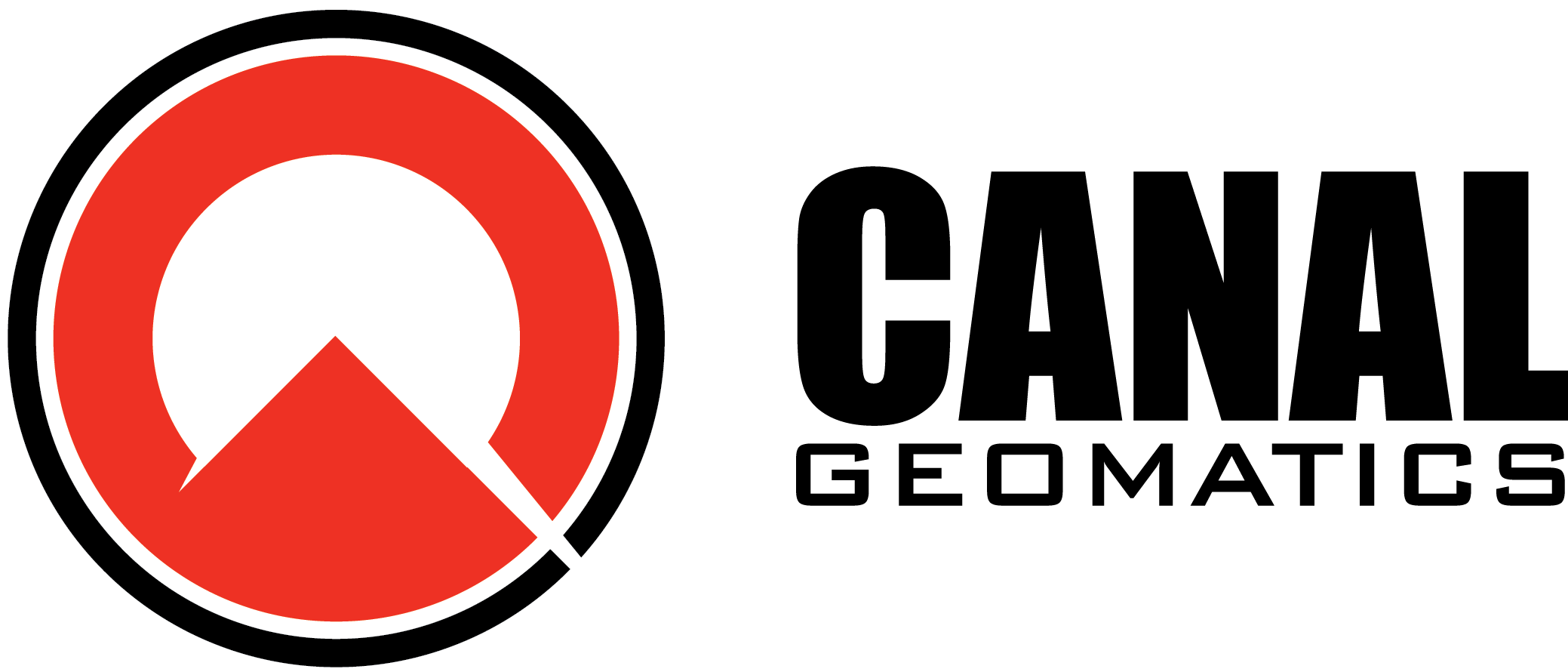When it comes to utilizing L-Band correction services to achieve optimal results for your airborne application, deciding on the best solution can be a tricky endeavor as there are a variety of options available.
Understanding exactly what constitutes success in your specific application will help you with settling on the right one. Start by asking yourself these questions:
- What’s the level of accuracy I’d like to achieve?
- Do I need a solution without a convergence period?
- Will it be working in harsh or benign environmental conditions (e.g. heavy precipitation)?
- What is the range that I will be working with?
These are only a few of the factors that should be considered. At Canal Geomatics, not only do we offer superior GPS/GNSS products, but we also strive to make it as easy as possible for you to make intelligent decisions.
Airborne Applications Utilizing GNSS and L-Band Correction Services
- Clear-air turbulence (CAT) studies
- Aircraft surveillance to communicate an aircraft’s position to ground control centers and other aircraft for traffic information and avoidance (for military, private, and commercial aircraft).
- Autonomous flying of Unmanned Aerial Vehicles (UAVs) for a wide array of different activities that include, but are not limited to, security (e.g. border patrol), infrastructure surveillance (e.g. power lines), and agriculture (e.g. crop spraying).
- Aerial surveying to collect geographical information, such as sea levels and vegetation, using airborne vehicles.
- Airborne remote sensing to capture high-quality images of the Earth’s surface.
Positioning Solutions
- Real Time Kinematic (RTK)
- If your aim is to achieve the highest level of accuracy (up to centimeter-level positioning) in the fastest time, RTK is the best correction service for your application. It requires a rover and a base station and/or a communication link to a base station.
- Precise Point Positioning (PPP)
- This method has global availability and will allow you to calculate decimeter-level positioning using only a rover receiver; no other hardware is necessary for its use. It uses a carrier-phase method to make corrections.
- Differential GNSS (DGNSS)
- The differential GNSS technique is an enhancement to a primary GNSS system that consists of the determination of the GNSS position for an accurately surveyed position known as a reference or base station.
- Satellite Based Augmentation Systems (SBAS)
- SBAS is useful for improving accuracy in situations where rover stations are spread out over a large area. These systems broadcast correction signals from geostationary satellites.
Correction Services
OmniSTAR
With four different DGNSS solutions, OmniSTAR offers plenty of options for coverage:
- OmniSTAR HP
- Requires a dual frequency receiver
- 10 cm at 2-sigma (95%)
- No need for local base stations
- OmniSTAR G2
- Short-term accuracy of 3 cm to 5 cm
- Long-term repeatability of 10 cm or better, 95% CEP
- Includes GLONASS satellites and correction data, useful in situations with limited satellite visibility (terrain, buildings, and vegetation)
- OmniSTAR XP
- Requires a dual frequency receiver
- Short-term accuracy of 3 cm to 5 cm
- Long-term repeatability of 10 cm or better, 95% CEP
- Slightly less accurate than OmniSTAR HP but has global availability
- OmniSTAR VBS
- L1 only, code phase pseudo-range solution
- Typical 24-hour sample will show a 2-sigma (95%) of significantly less than 1m horizontal position error
- 3-sigma (99%) horizontal error will be close to 1 m
- Ideal in situations where repeatability and accuracy are not the primary concerns
NovAtel CORRECT
NovAtel has also specialized in all three services.
- NovAtel’s RTK solution provides accuracy of 1 cm + 1 ppm horizontal and 1 cm vertical (baseline range ≤ 40 km).
- Novatel’s DGNSS service provides 40 cm accuracy at ≤ 100 km of range.
- Two Novatel PPP solutions:
- TerraStar-C has an accuracy of 4 cm RMS horizontal and 6.5 cm RMS vertical with a 20 to 40-minute convergence time
- TerraStar-L has an accuracy to 40 cm RMS horizontal and 50 cm RMS vertical with a convergence time of < 5 minutes.
Hemisphere Atlas
Atlas provides three PPP solutions:
- H10: 8cm 95%, 4 cm RMS horizontal accuracy, 12 to 20-minute convergence time
- H30: 30 cm 95%, 15 cm RMS horizontal accuracy, 4 to 5-minute convergence times
- H100: 1m 95%, 50 cm RMS horizontal accuracy, close to instantaneous convergence
Trimble RangePoint RTX
Trimble offers an RTK solution that provides expansive global satellite coverage and cellular coverage everywhere in the world.
- Repeatable accuracy of < 50 cm (20 in)
- Initialization takes 1-5 minutes
- Working through signal interruptions for up to 200 seconds
- No base station necessary
Looking for a Price?
If you can’t find the product you’re looking for, or have a question about any of the products we carry, call us at 1-888-595-5015 and we’ll help you find what you need, including products not listed on our website.
